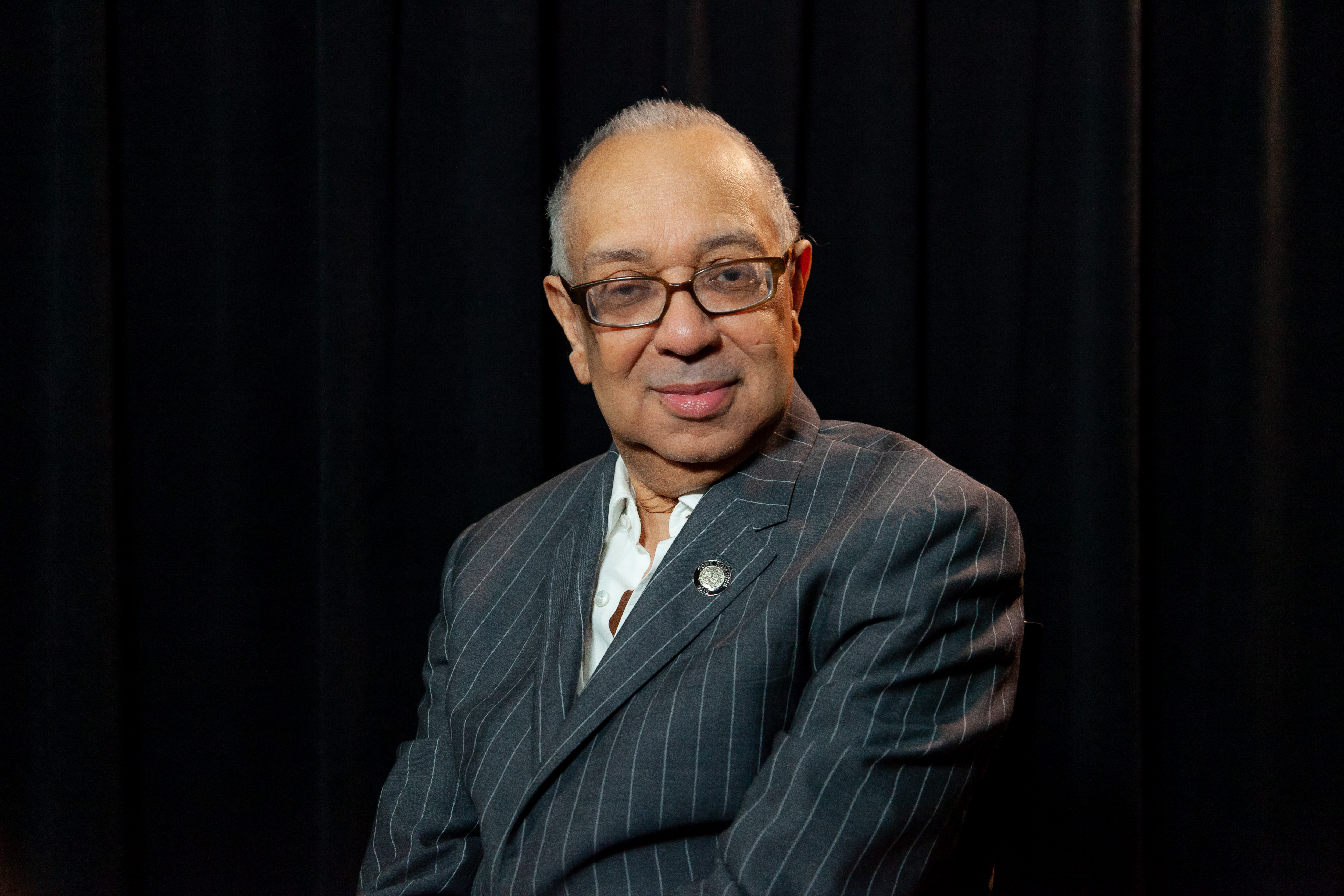When I Come to Die
Set in Indiana State Prison, the play concerns the personal journey of Damon Robinson (Chalk), whose unexpected reprieve has resulted in the media dubbing him the “Marion County Miracle.” Damon initially meets with Catholic priest Father Adrian Crouse (Neal Huff) as a way to uncover more information on his situation. But with Crouse’s encouragement, he also begins to find a way to more productively live his life, even within the confines of the prison’s walls.
Chalk delivers a multifaceted portrayal of Damon that is at times, deliciously unpredictable. He adeptly handles the character’s shifts from quietly contemplative, to angrily defiant, craftily manipulative, sullenly withholding, or heartwrenchingly honest. There always seems to be something going on behind his eyes, including or perhaps even especially during the moments in which he is completely silent.
Huff has less to work with, and while his Father Crouse is amiable and supportive, both part and performance lack complexity. David Patrick Kelly’s turn as James (Roach) Teagle, who occupies the cell next to Damon, is also not very complex. However, the actor imbues the role with a touching vulnerability as he searches for the right words to deliver when it’s his turn to face death. Amanda Mason Warren provides a richly emotional performance as Damon’s sister Chantel, while Michael Balderrama rounds out the cast as Officer Cooper, who has few words but is a constantly felt presence throughout the play.
In part, this is due to Kail and set designer Robin Vest’s excellent use of the theater space, which incorporates the catwalks above the main playing area for Officer Cooper to conduct his rounds, and which credibly suggest a prison. The sound design by Jill BC DuBoff gives us the metallic clanging of doors, sirens as the prison comes under lockdown, and other appropriate noises to also help convey the environment. Betsy Adams uses lighting in a realistically efficient manner for most of the production, but also provides warmer tones as Damon tries to pull Roach out of a funk by imagining they’re on a fishing trip together.
Admittedly, When I Come to Die teeters on the brink of being overly sentimental at various points, but the well-paced production is ultimately a deeply-felt and engaging experience.










